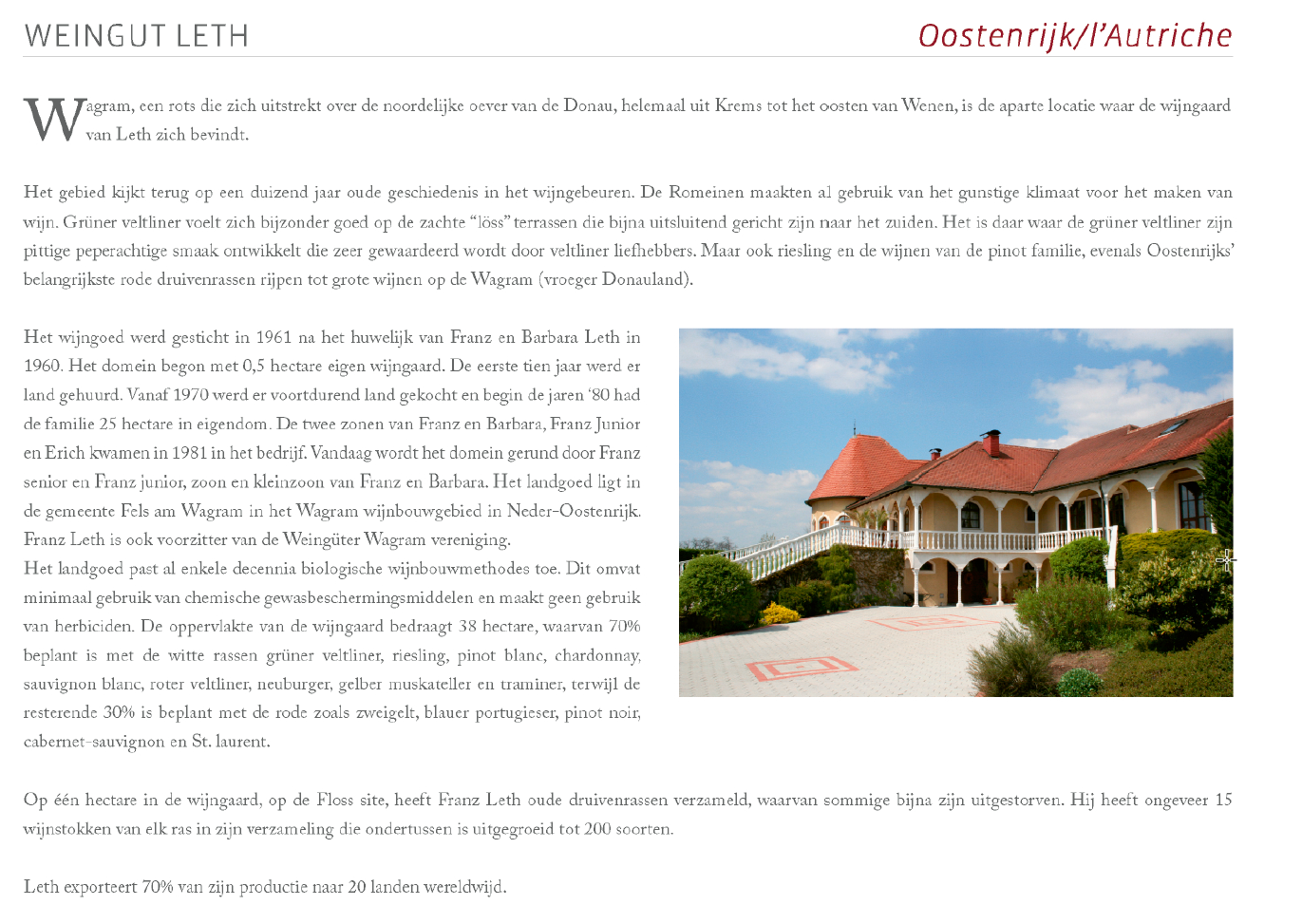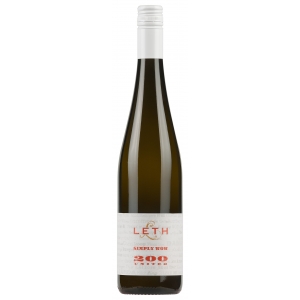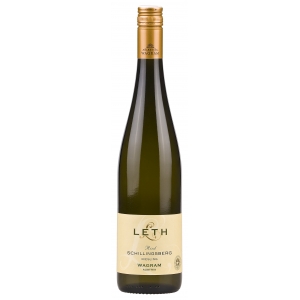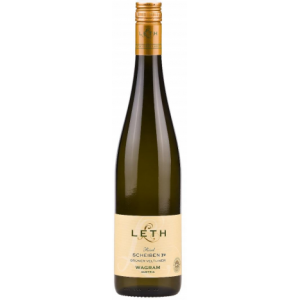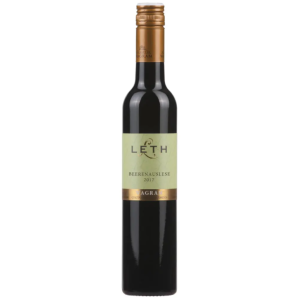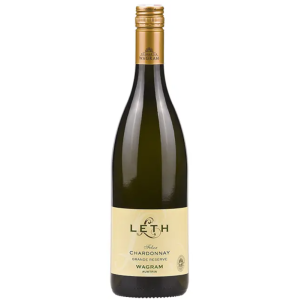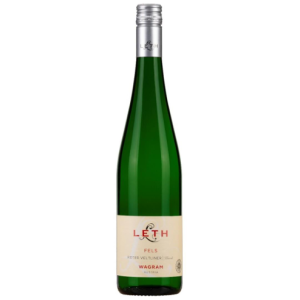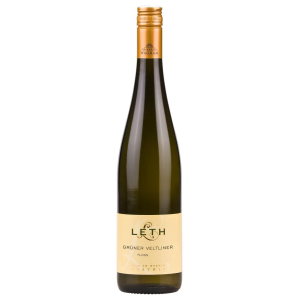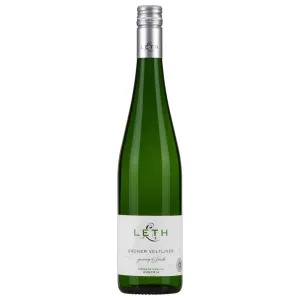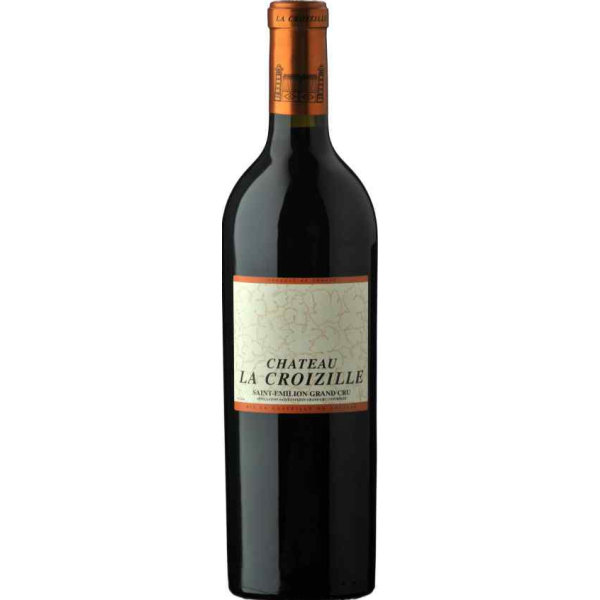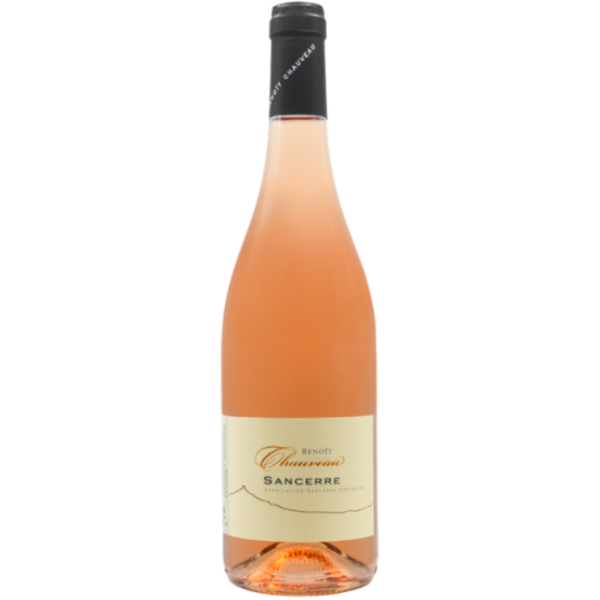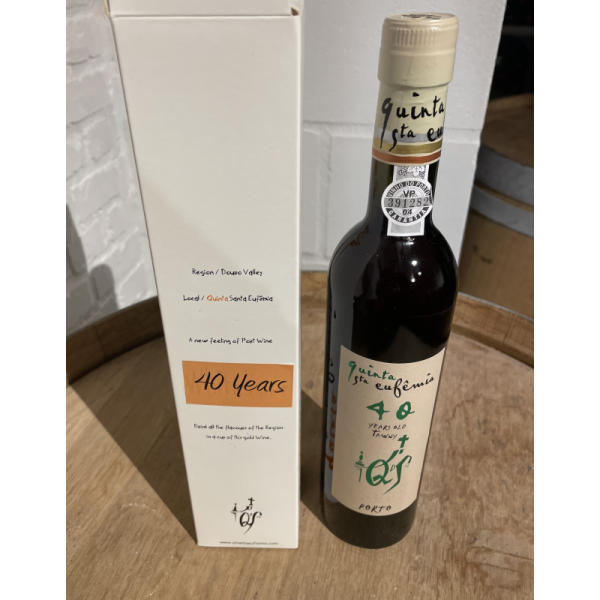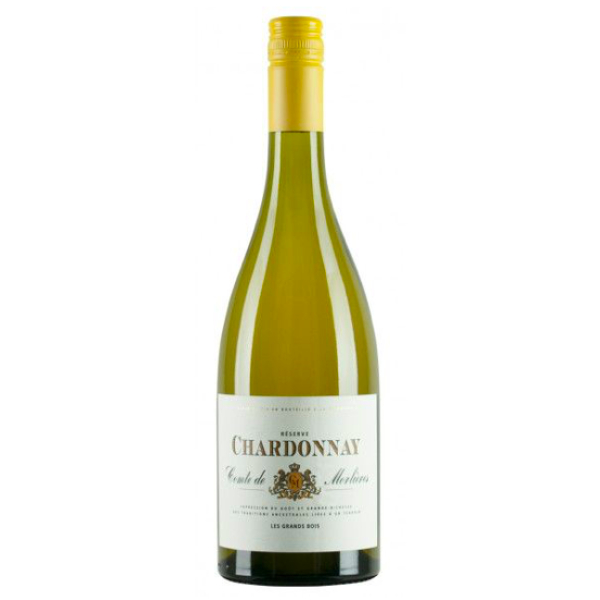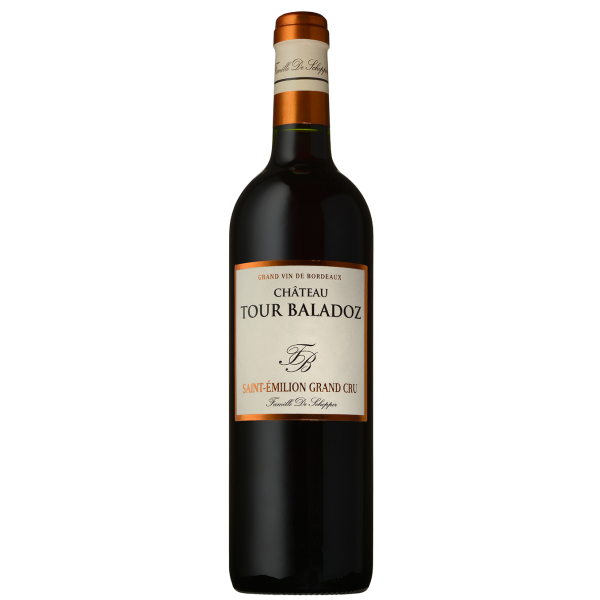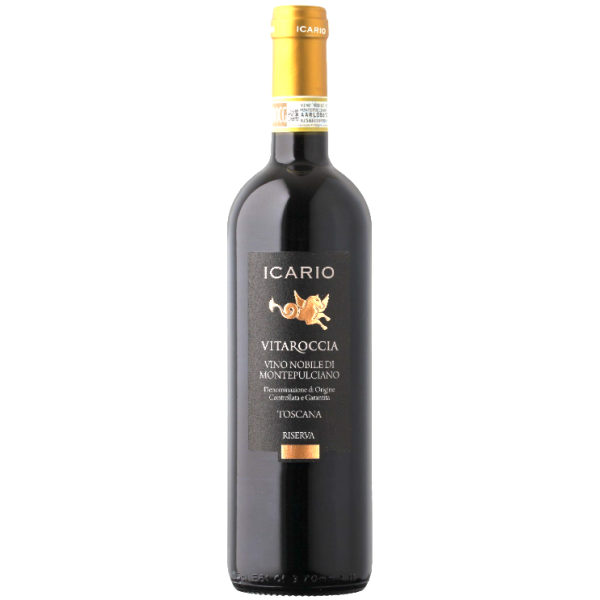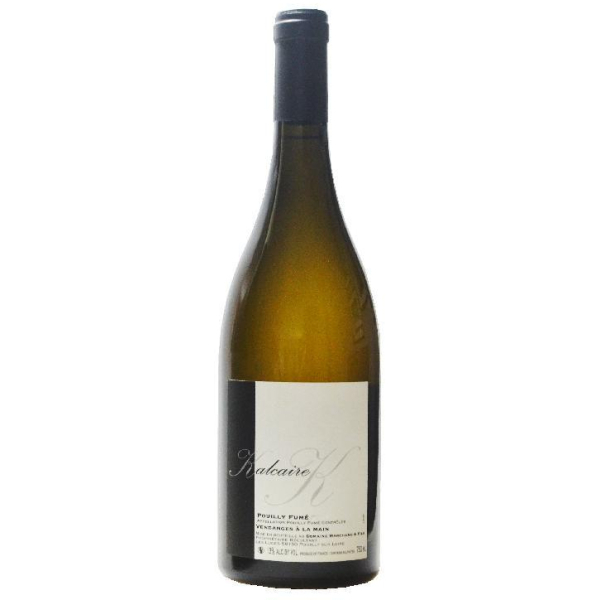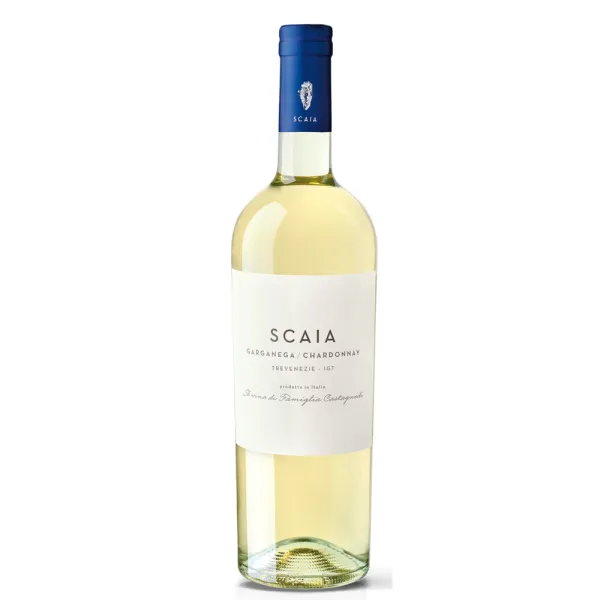Description
In the glass, a ruby-colored wine, slightly more intense in color than a pinot noir with which this wine is related. As aromas, sweet and sour cherries with a delicate scent of roasted notes. In the mouth, this wine is more elegant than powerful, like a pinot noir, but this grape variety is slightly more intense. Flavors of soft red fruit like black currants with light woody notes. This wine has tannins but not as much, making it a fruity and elegant wine that will not weigh heavily on the stomach. The finish is soft and quite long.
Serve with:
This wine is recommended with wild poultry such as duck and pheasant, roast beef, spiced venison back, aged hard cheeses such as Parmigiano, mountain cheese, etc. Serve at 16°-18°C.
Storage:
This wine is already delicious now, but it can be stored for another 5 years. The wine will continue to evolve slightly but not much.
Additional information:
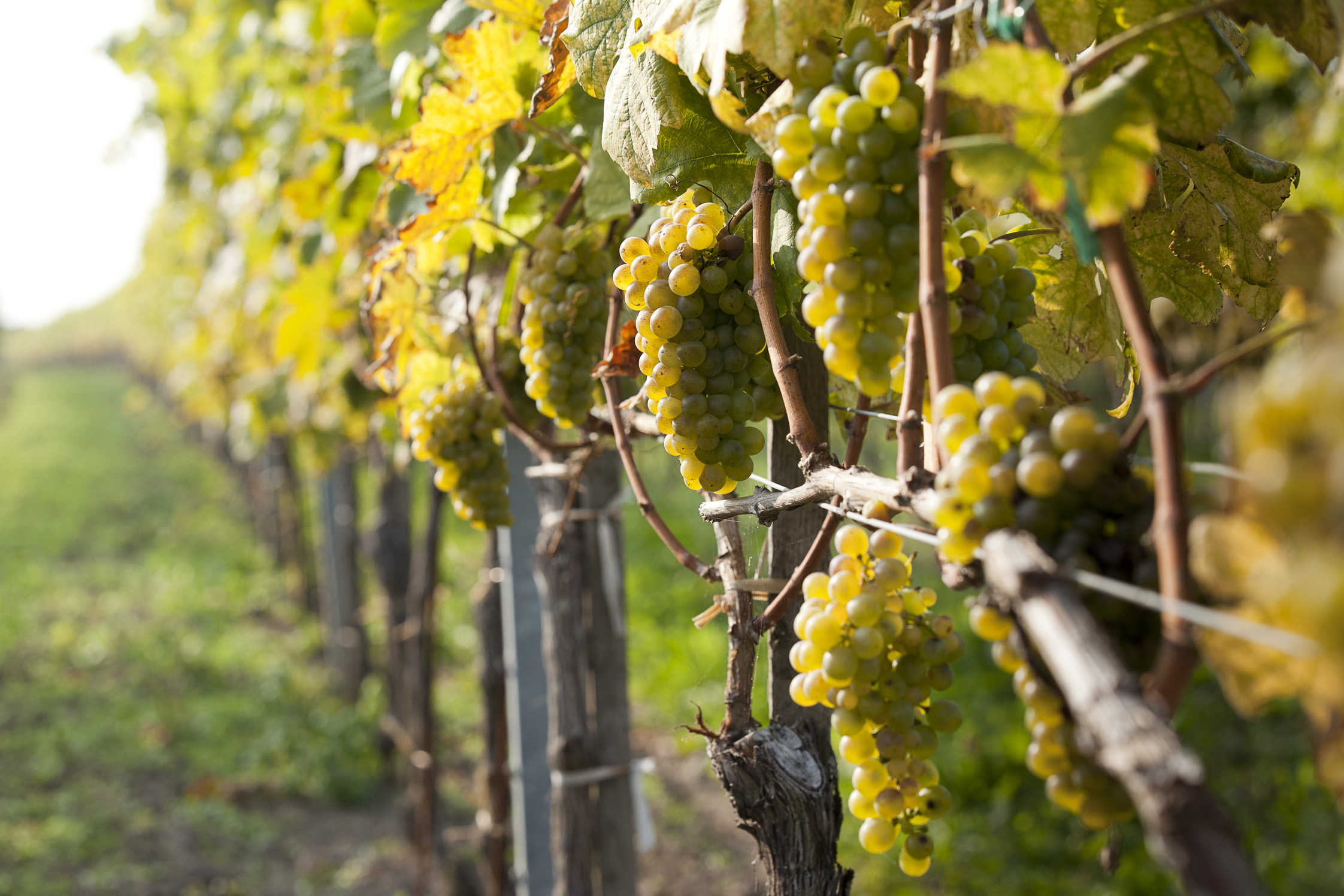 In the heart of the Wagram region, a gently rolling yet very powerful terrain that gave the landscape its name, our family has been cultivating wine with passion, idealism, and innovation for three generations. The Wagram is composed of layers of loess up to 20 meters high and offers ideal conditions for unique and characterful wines with fine spices and typical creaminess.
In the heart of the Wagram region, a gently rolling yet very powerful terrain that gave the landscape its name, our family has been cultivating wine with passion, idealism, and innovation for three generations. The Wagram is composed of layers of loess up to 20 meters high and offers ideal conditions for unique and characterful wines with fine spices and typical creaminess.For 25 years, the Leth family has been practicing environmentally responsible viticulture by not using herbicides and minimizing chemical plant protection. Thanks to the specific loess soil, irrigation is not necessary, grass cover keeps the soil healthy, and fertilization is unnecessary. The harvest is entirely manual with strict sorting, only the best grapes are used for the top wines.
The wine matures for 2.5 years in the bottle before it can be sold.
The Sankt Laurent grape is planted here in a special place called "Kogel" on the first rising slopes of the Wagram hills.
The saint laurent is also a hybrid crossbred from other grape varieties. For the saint laurent, pinot noir and gouais blanc were crossed to form a new grape variety.
The sankt laurent got its name from its Catholic saint's day. On August 10, the feast day of Saint Lawrence is celebrated. Around August 10, the ripening process of the sankt laurent grape begins. For grape varieties, this is relatively early. This is why the sankt laurent performs well in cool wine regions like Austria and Germany.
https://www.weingut-leth.at/en/weine/st-laurent/
Recognition:
This wine producer chooses not to participate in many wine competitions. However, it is worth mentioning that Weingut Leth is cited in Hugh Johnson's Wine Guide and in the Larousse Wine Encyclopedia as one of the better producers in the region.
